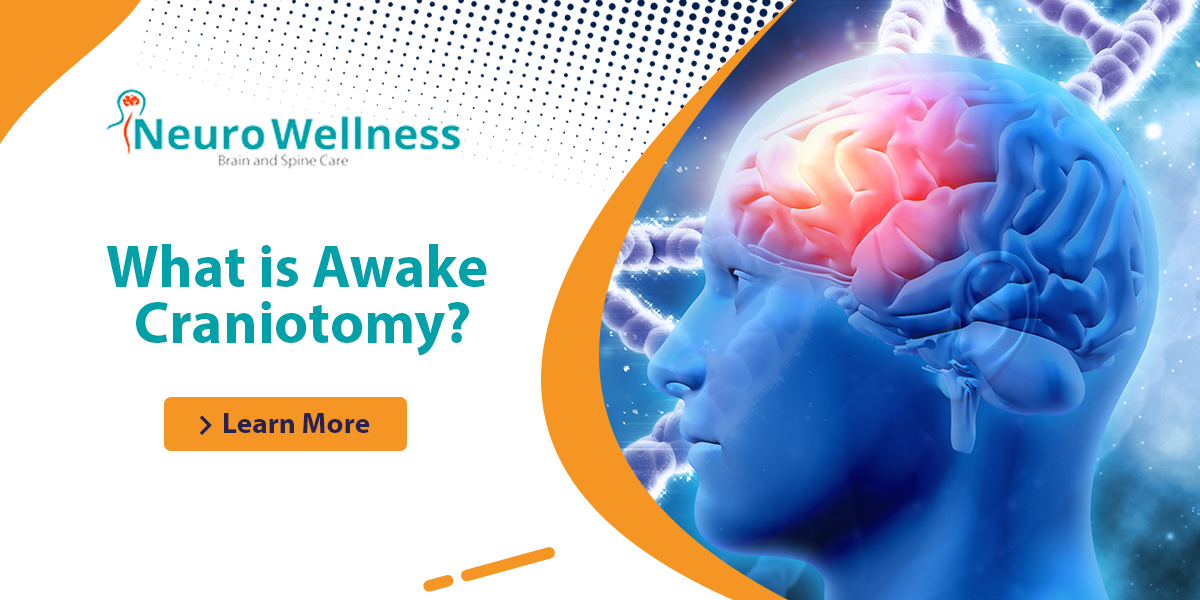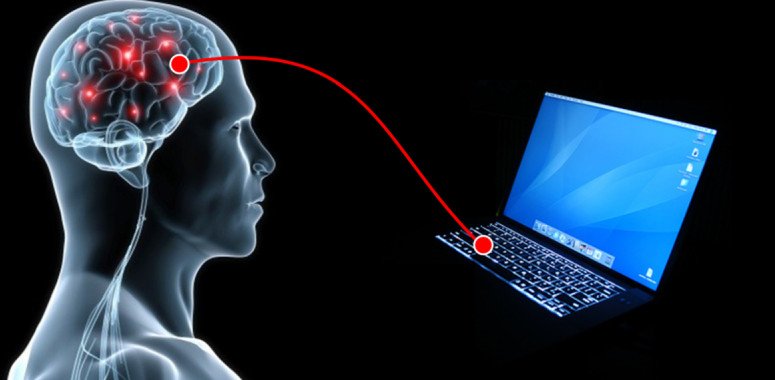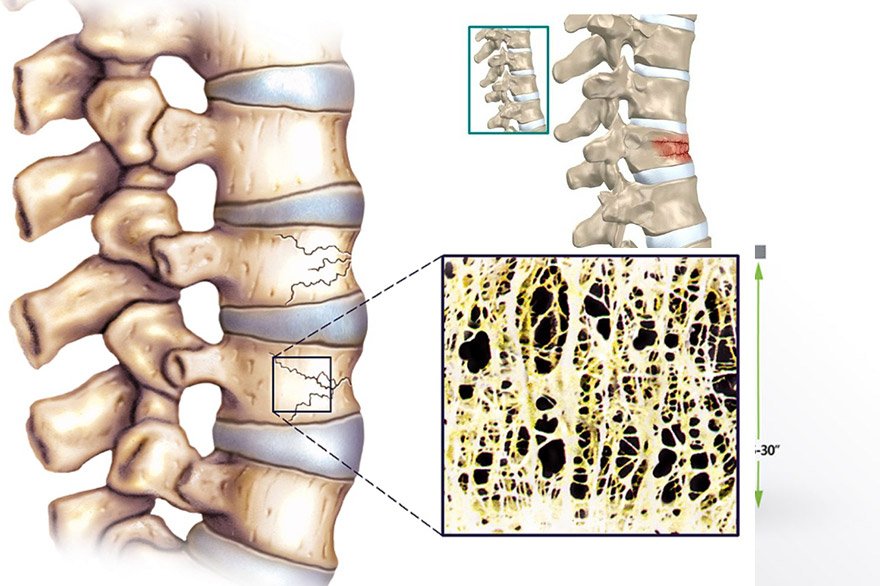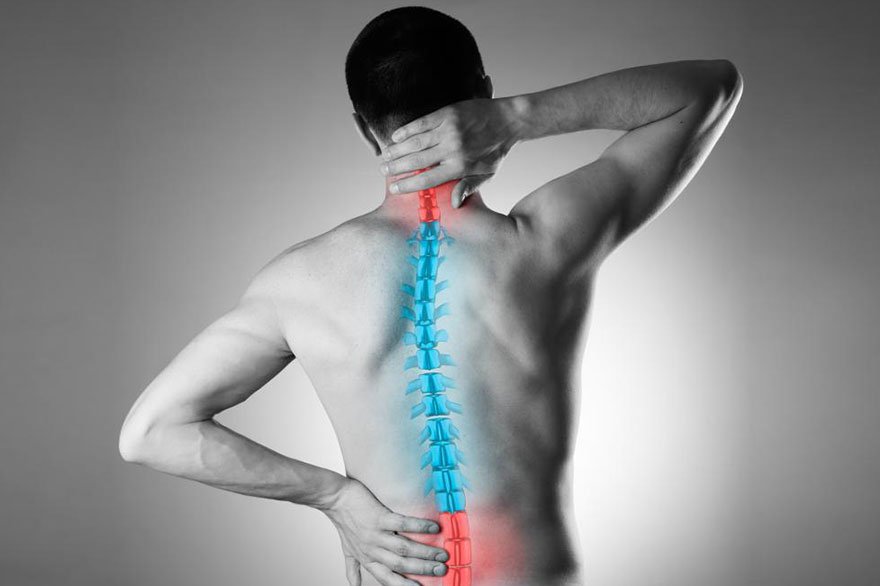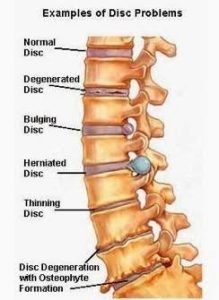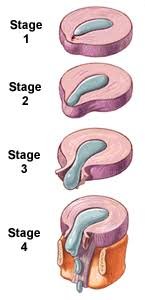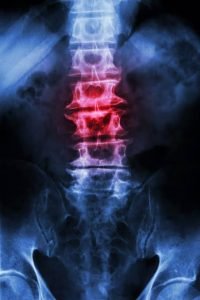What Is Awake Craniotomy?
Awake craniotomy, also known as awake brain surgery, is a specialized surgical procedure performed while the patient is awake and conscious.
This advanced surgical technique allows neurosurgeons to monitor and protect critical brain functions during the operation.
By engaging the patient during the procedure, surgeons can ensure the safe removal of brain tumors, epileptic foci, or other abnormalities without damaging essential brain areas responsible for speech, movement, and vision.
Conditions Treated with Awake Craniotomy
Some brain (neurological) diseases, such as some brain tumours or epileptic seizures uncontrolled by medications, DBS for Parkinson’s disease, surgery for spasticity, surgery for some psychiatric disorders not controlled by medication are treated via awake brain surgery.
Awake craniotomy is often used to treat complex neurological conditions, including:
1. Brain Tumors:Particularly those located near eloquent brain areas, such as motor, language, or visual regions.
2. Epilepsy: Cases where seizures are not controlled by medication and require precise localization of the epileptic focus.
3. Deep Brain Stimulation (DBS):For treating conditions like Parkinson’s disease.
4. Spasticity Surgery:In patients with severe muscle stiffness or spasms.
5. Psychiatric Disorders:Cases resistant to conventional treatments.
Read more: brain-tumor treatment in bangalore path to physical triumph
Why Is Awake Craniotomy Advised?
The primary goal of an awake craniotomy is to preserve critical brain functions while treating the underlying neurological condition. Key areas targeted for protection include:
• Motor Areas: Responsible for movement.
• Language Areas:Critical for speech and communication.
• Sensory Areas:Involved in processing sensory inputs like touch and vision.
This approach minimizes the risk of post-surgical complications, such as loss of speech, movement difficulties, or vision impairment.
The benefit of Awake Craniotomy.
Your comments will assist your surgeon in ensuring that the proper portion of your brain requires surgery. The surgery also reduces the chance of functional brain damage, which can impede your vision, mobility, and speech.
• Enhanced Safety:Awake craniotomy ensures the surgeon avoids damaging critical brain regions.
• Real-Time Feedback: The patient’s responses during surgery guide the surgeon in identifying functional areas of the brain.
• Improved Outcomes:The risk of functional impairments is significantly reduced, enabling a faster recovery.
• Precise Tumor Removal:Allows surgeons to maximize tumor resection while preserving neurological functions.
• Reduction in Seizures: In cases of epilepsy, awake craniotomy often results in fewer or no seizures post-surgery.
Why Awake Craniotomy Is Performed
Doctors must ensure that they do not damage the eloquent part of the brain if a tumour or section of your brain that causes seizures needs to be surgically removed.
Prior to surgery, it’s tough to locate such locations precisely. Awake brain surgery helps the surgeon pinpoint which parts of your brain regulate particular functions, allowing them to avoid them.
How Is Awake Craniotomy Performed?
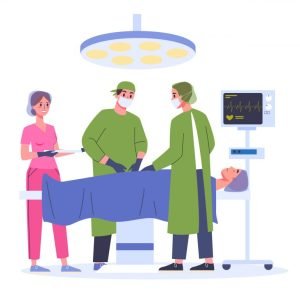
For sections of your awake brain surgery-Awake Craniotomy, the anesthesiologist will give you medicine to make you sleep. To guarantee your comfort, the neurosurgeon will administer numbing drugs to your scalp.
Doctors put your head in a set position during the surgery to keep it motionless and enhance surgical precision. Your hair will be trimmed in some places. After that, your surgeon will remove a portion of your skull to have access to your brain.
You’ll be given medication and asleep as a small portion of your skull is taken at the start of the procedure, as well as when physicians reattach it at the end of the procedure. Your anesthesiologist will cease giving you sedative drugs during surgery and enable you to wake up.
Your doctor will undertake brain mapping if your brain tumour or epileptic focal is close to parts of your brain that regulate vision, speech, or movement. This offers a map of the brain centre’s that govern each of these functions to your neurosurgeon. During surgery, your surgeon may be able to undertake brain mapping deeper in your brain.
This map is used by your neurosurgeon to avoid injuring certain locations and to keep their functions intact. Your surgeon can safely remove as much of your brain tumour or epileptic focus as feasible using brain mapping and 3-D computer pictures, reducing the risk of disrupting vital bodily processes.
Your medical team will also employ comprehensive 3-D computer scans of your brain, including intraoperative MRI and computer-assisted brain surgery, to guide the removal of as much of the brain tumour or epilepsy focal as feasible before and during surgery.
Anaesthesiologist and surgical team closely monitor and analyse your body and brain functioning, alerting your surgeon if the operation has a negative impact on your brain function.
Read more :neurosurgery hospital in bangalore brain spine health
Outcomes of Awake Craniotomy
• For Epilepsy:Many patients experience a significant reduction in seizures post-surgery, with some achieving complete seizure freedom.
• For Tumors:The procedure allows for maximum removal of the tumor while preserving vital brain functions. Additional treatments, like chemotherapy or radiation therapy, may be required for residual tumor cells.
Summary:

If you have awake brain surgery-Awake Craniotomy to treat epilepsy, you should notice a reduction in your seizures following the procedure. Some patients have no seizures at all, while others have fewer seizures than they did before the procedure.
Your neurosurgeon should have been able to remove the majority of the tumour if you had awake brain surgery to remove it. Other therapies, such as radiation therapy or chemotherapy, may be required to help eliminate any residual tumour cells.
Awake Craniotomy Surgery in Bangalore
“Awake craniotomy allows safe brain tumor or epilepsy surgery while preserving vital brain functions. Neurowellness offers advanced expertise.”

Dr. Ganesh Veerabhadraiah
Consultant – Neurosurgeon, Neurointerventional Surgery, Spine Surgeon (Neuro)
23+ Years Experience Overall (17+ years as Neuro Specialist)
Available for Consultation: Jayanagar 9th Block & Kauvery Hospital, Electronic City
FAQs
1. What is awake craniotomy surgery?
It is a brain surgery performed while the patient is awake, allowing doctors to preserve critical brain functions.
2. Is awake craniotomy painful?
No. Patients receive anesthesia for pain control and remain comfortable throughout the procedure.
3. Who needs awake craniotomy?
Patients with brain tumors near speech, motor, or memory areas and some epilepsy cases.
4. What is the recovery time after awake craniotomy?
Most patients recover in 2–6 weeks depending on their condition.
5. Where can I get awake craniotomy in Bangalore?
Neurowellness Brain & Spine Clinic offers advanced awake craniotomy performed by expert neurosurgeons.

About Author
Dr. Ganesh Veerabhadraiah
Dr. Ganesh Veerabhadraiah, leading neurosurgeon and neurologist in Bangalore, has over 20 years of expertise in managing back pain, migraines, headaches, neuro disorders, and spine problems. His clinical excellence and patient-first approach make him one of the most trusted neuro doctors in Bangalore.
At Neurowellness Brain & Spine Clinic in Jayanagar and Kavery Hospital Electronic City, Dr. Ganesh provides comprehensive treatments ranging from minimally invasive spine surgery to advanced neurological care. As a respected back pain specialist and migraine doctor, he continues to deliver reliable outcomes for patients.
👉 Connect with Dr. Ganesh on LinkedIn

